Experience the Best of Japanese New Year's and New Year's Eve with These Top 10 Traditions
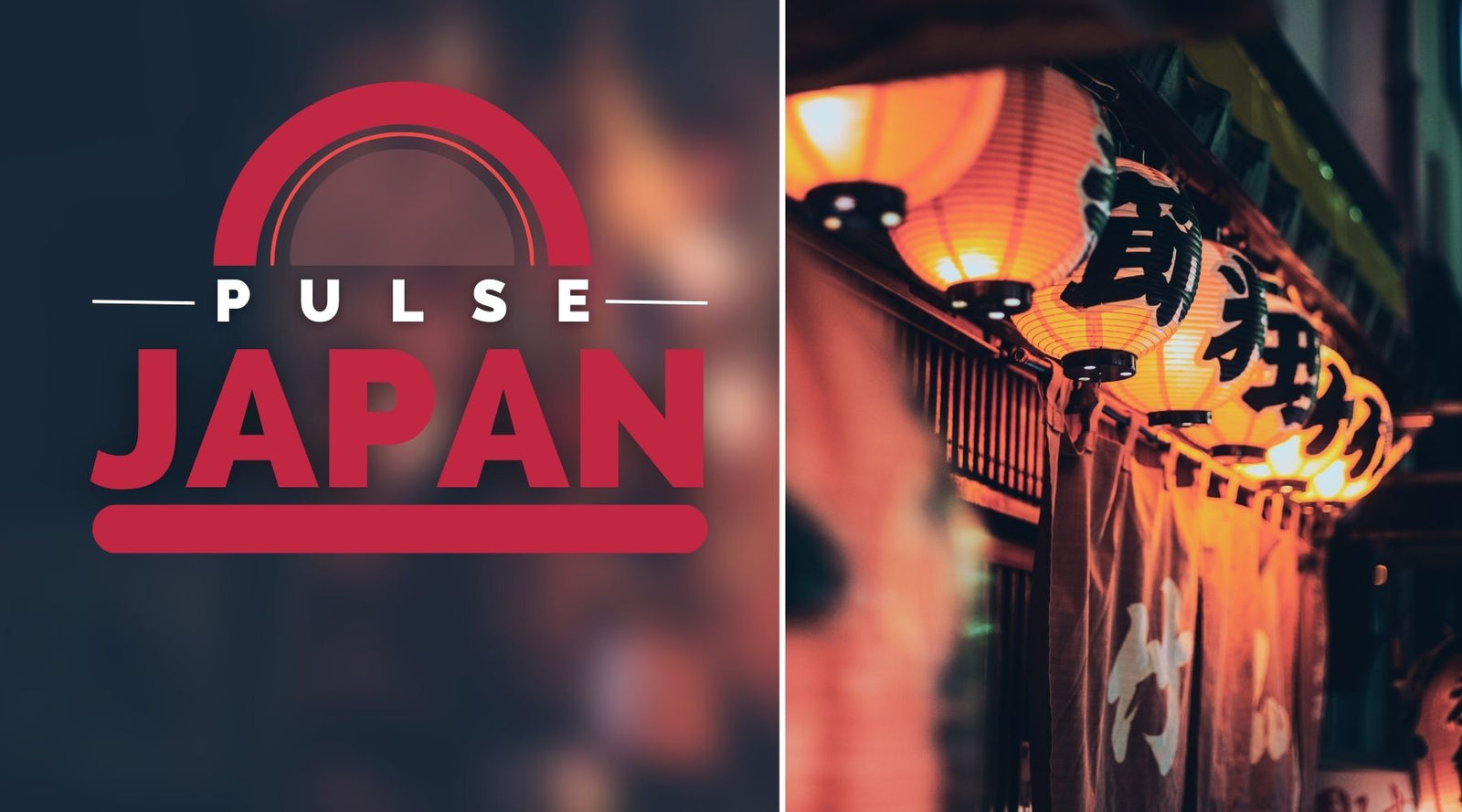
Japanese New Year's, known as Shōgatsu, is a time steeped in tradition, where the past is honored and the future's arrival is welcomed with joy and reflection. This period is rich with customs that have been passed down through generations, each with its own significance and charm.
As the old year gives way to the new, families come together, homes are adorned with decorations symbolizing good fortune, and temples resonate with the sound of bells. The transition from December 31st to January 1st is not just a change in the calendar; it's a profound cultural event that embodies the spirit of renewal and community.
From the meticulous preparation of osechi-ryori to the first shrine visit of the year, known as hatsumode, these top 10 traditions offer a glimpse into the heart of Japanese culture during the most auspicious time of the year.
Join us on a journey through these time-honored practices that continue to define the Japanese New Year's experience.
Welcoming the New Year in Japan
The New Year is one of the most important and celebrated holidays in Japan. Known as "Oshogatsu," the Japanese New Year is full of long-standing traditions and customs that date back hundreds of years. For most Japanese families, Oshogatsu is a time to spend with loved ones, reflect on the past year, and look forward to the year ahead with hope and optimism.
The Japanese prepare for Oshogatsu long in advance. Homes are thoroughly cleaned, debts are paid off, and preparations are made for the many feasts and rituals. When the new year arrives, many head to Buddhist temples to hear the 108 gongs that are believed to cleanse one's soul of the 108 earthly desires.
Shinto shrines are also visited to pay respects to the gods, pray for good fortune, and draw their first fortune slip of the new year. These and many other traditions embody the Japanese spirit of starting the new year fresh and renewed.
Overview of Oshogatsu and its significance in Japanese culture
Oshogatsu is deeply rooted in both Buddhist and Shinto traditions. It marks a symbolic rebirth and fresh start, a chance to reflect on the past year and reset for the new one. Families reunite over elaborate feasts, homes are decorated with pine branches and plum blossoms as symbols of resilience and luck, and the first sunrise is revered as a sign of renewal.
Many Oshogatsu customs focus on purification and leaving troubles behind. Thorough cleaning of homes removes any bad luck or misfortune from the past year. Settling debts and returning borrowed items also represent a clean slate. Other traditions like the ringing of temple bells at midnight are meant to rid oneself of the 108 earthly temptations.
In addition to purification, many Oshogatsu traditions revolve around bringing in luck, health, prosperity and happiness for the new year. Lucky foods like prawns, fish eggs and seaweed symbolize long life. Rice cakes represent strength and endurance and are smashed in a ritual meant to drive out evil spirits. And visiting temples and shrines offers a chance to pray for blessings in the new year.
With its rich tapestry of customs and rituals rooted in spirituality and shared hopes for the future, Oshogatsu gives the Japanese people a chance to reconnect with their heritage and traditions while looking ahead with optimism.
Top 10 Japanese New Year Traditions
Joya no Kane: Bell Ringing at Buddhist Temples
One of the most iconic Oshogatsu traditions is Joya no Kane, the ringing of bells at Buddhist temples at midnight on New Year's Eve. Temples across Japan welcome visitors to take part in this ritual that is meant to symbolically cleanse everyone of their sins, misdeeds and impurities from the old year.
The bells are rung 108 times, representing the 108 earthly temptations or desires that cause human suffering according to Buddhist belief. With each resounding gong, people reflect on their shortcomings and enter the new year refreshed and renewed.
Susuharai: New Year Cleaning Tradition
In the weeks leading up to Oshogatsu, Japanese families undertake susuharai or the ritual cleaning of the home. Every nook and cranny is dusted, swept and scrubbed down thoroughly to prepare for the new year.
Cleaning tools and dusters are disposed of after use to prevent carrying old dirt into the new year. This grand cleaning represents removing any bad luck, misfortune or impurities from the old year in order to start fresh.
Shimekazari: Decorative Shimenawa for Good Luck
As part of Oshogatsu decorations, many Japanese homes and buildings display shimekazari - sacred rope and foliage over their entrances. These shimenawa ropes are made from rice straw and are believed to act as a barrier against evil spirits.
Pine branches, plum flowers and bamboo sticks are also woven into the ropes as symbols of resilience and good fortune. The shimekazari remains up until after Oshogatsu to continue ushering in luck and prosperity.
Osechi Ryori: Traditional New Year's Food
No Oshogatsu would be complete without osechi ryori, the feast of traditional lucky foods eaten to mark the new year. Dishes like herring roe represent fertility and prosperity, black soybeans are for good health, and prawns symbolize long life. Konbu seaweed signifies joy, and kamaboko fish cakes represent the rising sun.
Other symbolic ingredients like lotus root, burdock root and sweet potatoes also make an appearance. Osechi dishes are prepared days in advance and enjoyed over the 3-day Oshogatsu holiday.
Hatsumode: First Shrine Visit of the Year
On January 1st or 2nd, many Japanese partake in hatsumode - visiting a shrine or temple to make the first prayers and wishes for the new year. Popular destinations like Meiji Shrine in Tokyo and Fushimi Inari Shrine in Kyoto attract millions of visitors.
People line up to toss coins, clap and bow, then draw their first fortune slip known as omikuji. The omikuji predicts whether one will have good or bad luck in areas like health, finances and relationships. Fortunes can be tied to racks on site with the bad ones left behind.
Mochitsuki: Rice Cake Making Tradition
Mochitsuki is the tradition of making mochi rice cakes, a symbol of prosperity and good fortune. This ritual sees the whole community gather to pound steamed glutinous rice into a paste that is moulded into round cakes.
Using heavy wooden mallets called kine, people take turns hitting batches of mochi to meld the grains together. The sticky texture represents the family sticking together. Mochi is then eaten throughout Oshogatsu or used as a kagami mochi decoration.
Nengajo: New Year's Greeting Cards
Continuing an age-old tradition, many Japanese send nengajo or New Year’s Day postcards to family, friends and acquaintances. These serve as greetings for the new year and a way to let others know that you are thinking of them.
Cards usually arrive on January 1st thanks to an efficient postal service operation. Nengajo often include reflections on the old year, goals and dreams for the new one, and family photos.
Omisoka: New Year's Eve Celebrations
New Year’s Eve or Omisoka represents the critical transition from the old year to the new. Many gather for bonenkai parties to bid farewell to the year gone by. Temple visits also take place for joya no kane bell ringing or to hear Buddhist monks chant on the year’s final night.
Special TV music shows provide entertainment before the final countdown. When midnight strikes, sake toso cups are raised to welcome in the new year.
Joya no Meshi: Traditional New Year's Eve Meal
On Omisoka, many families eat joya no meshi, a bowl of steaming soba noodles representing longevity thanks to their long shape. Toshikoshi soba is eaten at midnight as the year changes over, symbolizing moving from the old to the new. In some regions, buckwheat udon noodles may be eaten instead.
The simplicity of soba on New Year’s Eve contrasts heavily with the extravagant osechi ryori feast enjoyed on New Year's Day itself.
O-toso: Japanese New Year's Sake Tradition
No Japanese New Year would be complete without raising a cup of o-toso, a spiced medicinal sake traditionally drunk on January 1st. This beverage is made from sake rice wine with herbal extracts like cinnamon, cassia leaves and ginger added.
O-toso is served from a shared, lacquered cup that is passed around for everyone to sip from. Drinking o-toso on New Year's mornings is believed to promote good health and fortune for the year ahead.
Conclusion
The Japanese New Year represents a wonderful chance to spend meaningful time with loved ones, reflect deeply on the past year, and welcome the promise of a fresh start. Oshogatsu traditions like elaborate feasts, temple visits, sacred rituals, and shared hopes connect people with their heritage while preparing them for better things ahead.
Visitors to Japan during New Year's are warmly embraced to join in the festivities. From eating lucky osechi dishes to taking part in hatsumode shrine visits to ringing in the new year with joya no kane, Oshogatsu offers a vibrant and unforgettable experience.
Immersing oneself in Oshogatsu traditions allows a deeper understanding of what connects the Japanese people to their roots, their values around family and community, and their mindset around life's transitions. By participating side-by-side with locals in these rituals passed down through generations, one discovers the true spirit behind this most important holiday.
As the rest of the world looks to Japan and admires the order, harmony and conscientiousness that defines its culture, Oshogatsu gives profound insight into what shapes the Japanese psyche.
The new year rituals that cleanse, renew and uplift the nation can inspire anyone to reflect on their own chance to start the year with a great start! Happy New Year to everyone and may you conquer your New Year's resolutions for 2024~!




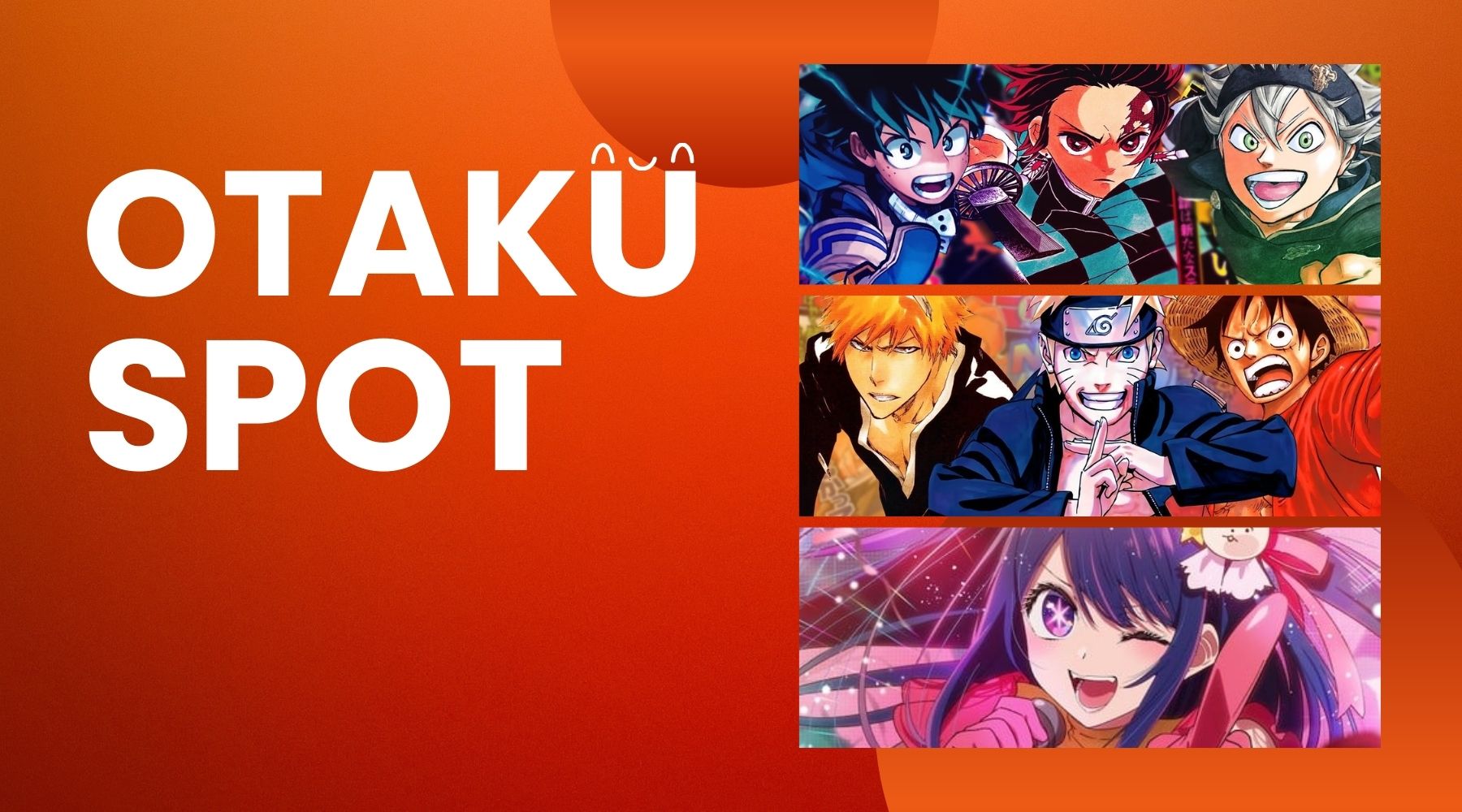
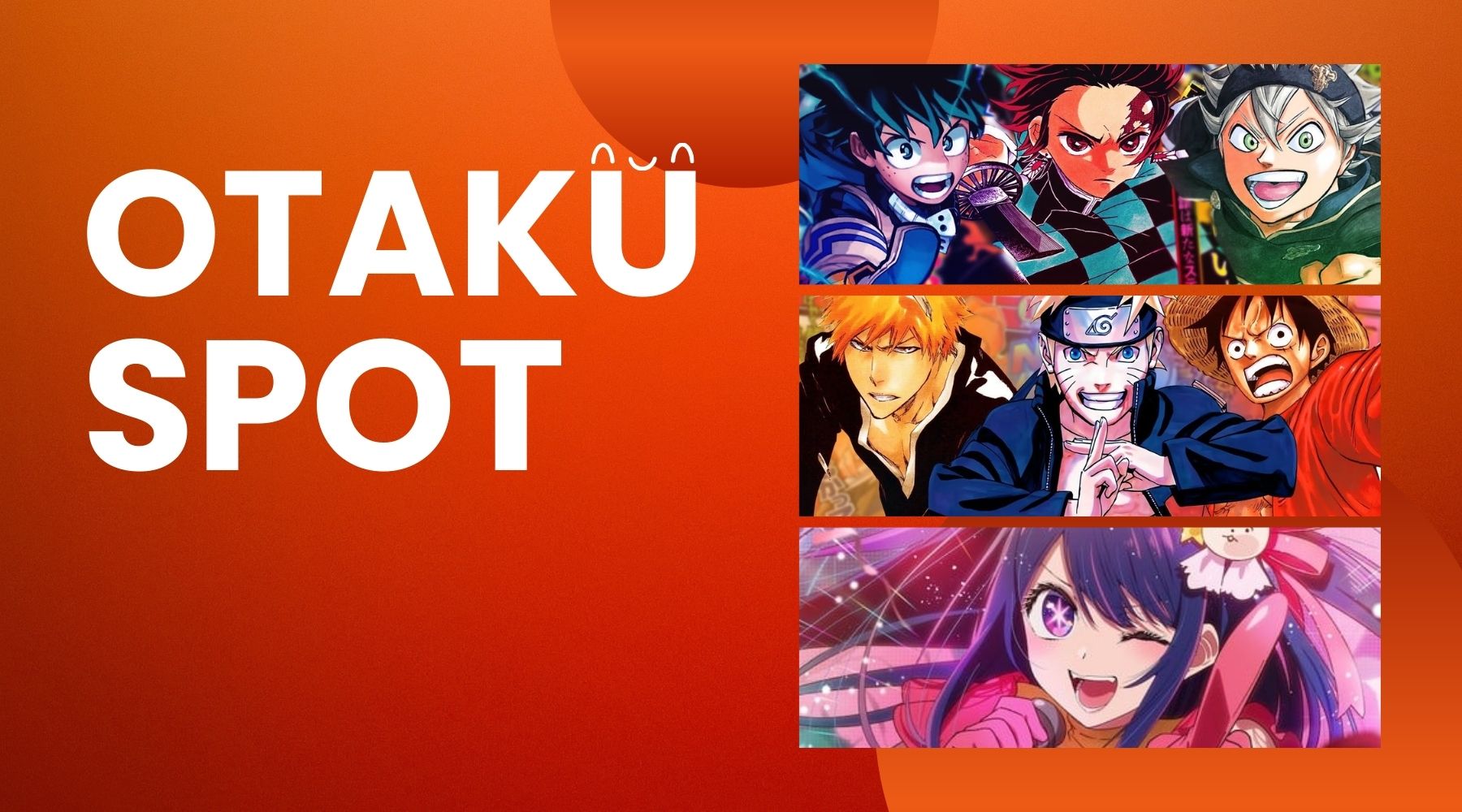
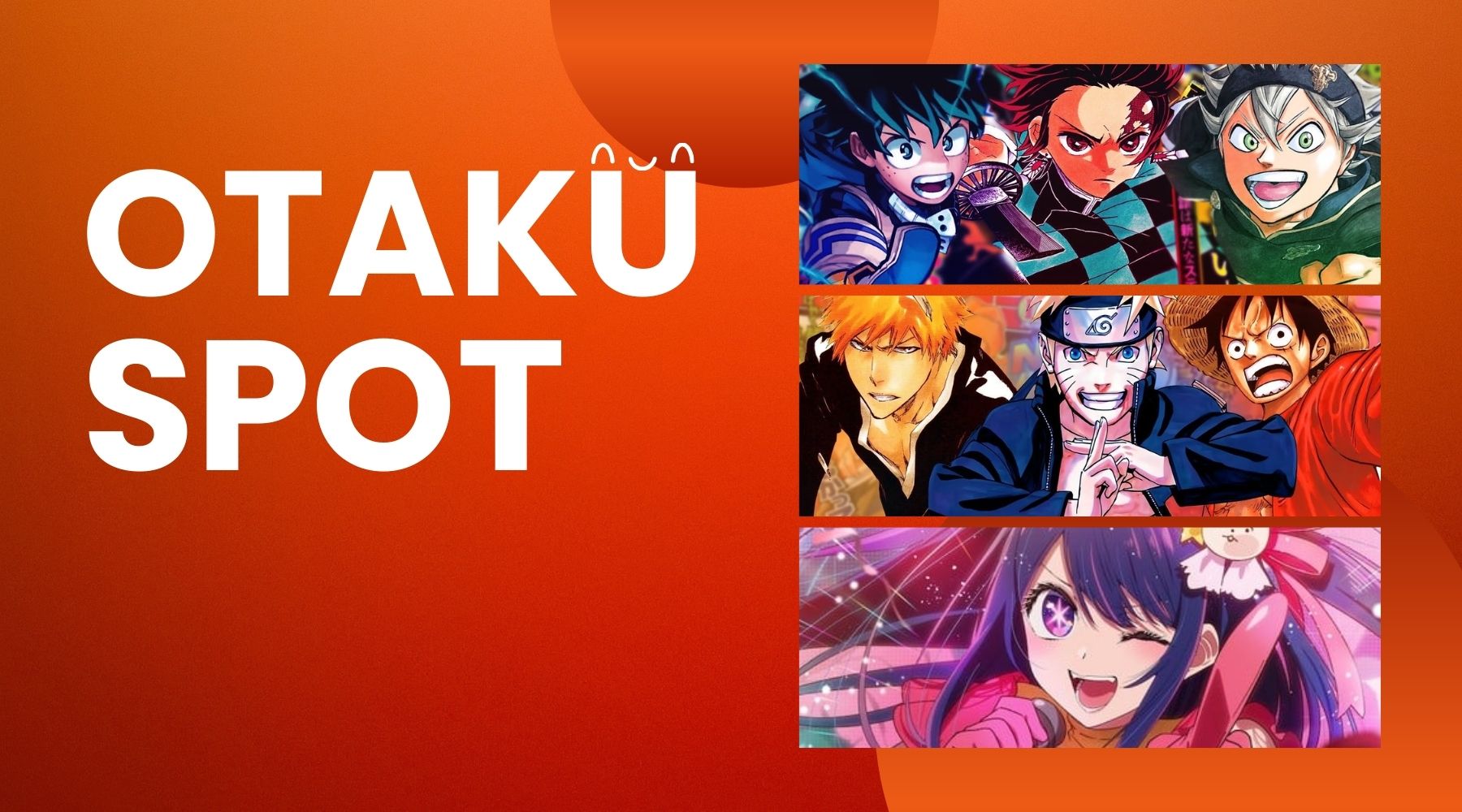
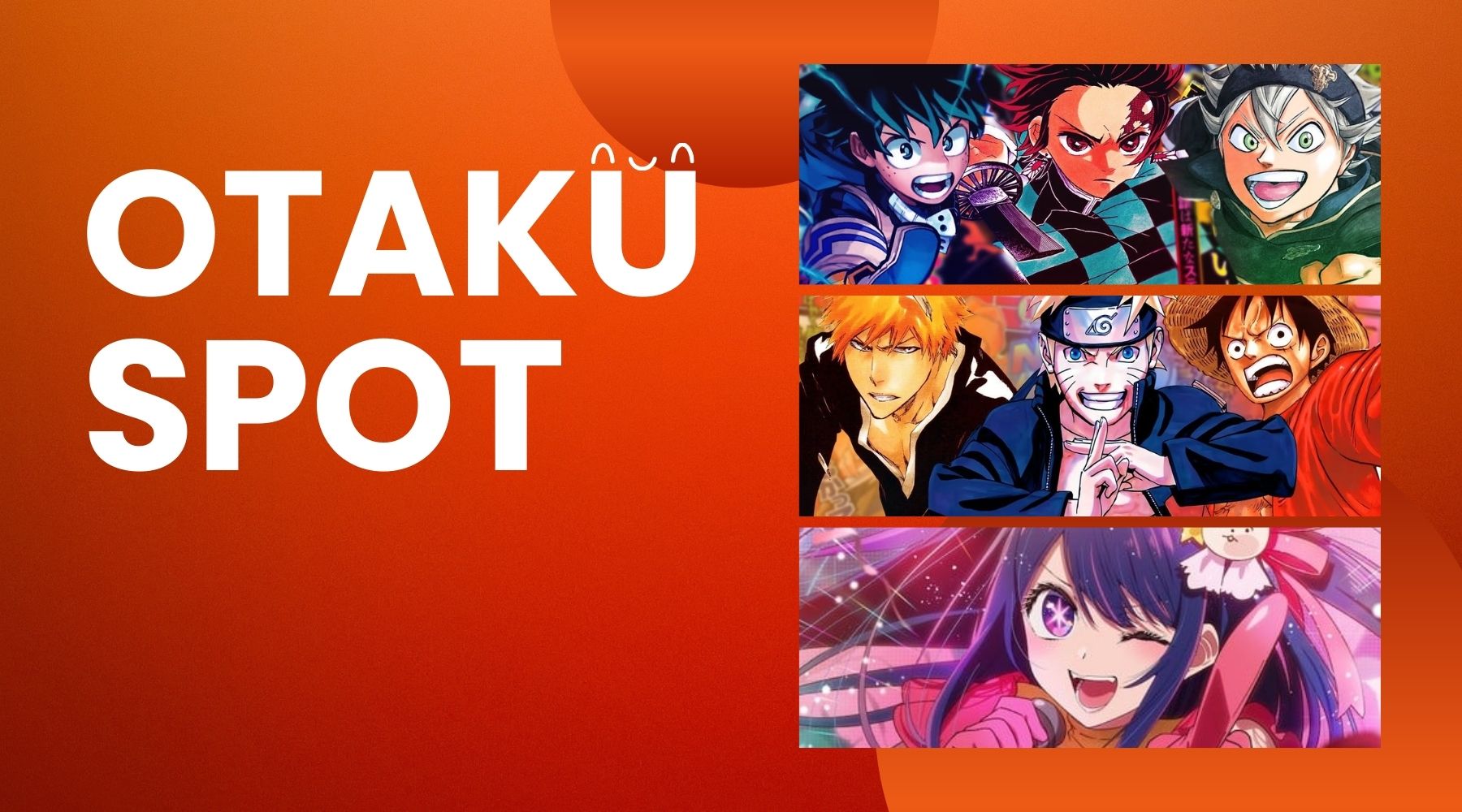
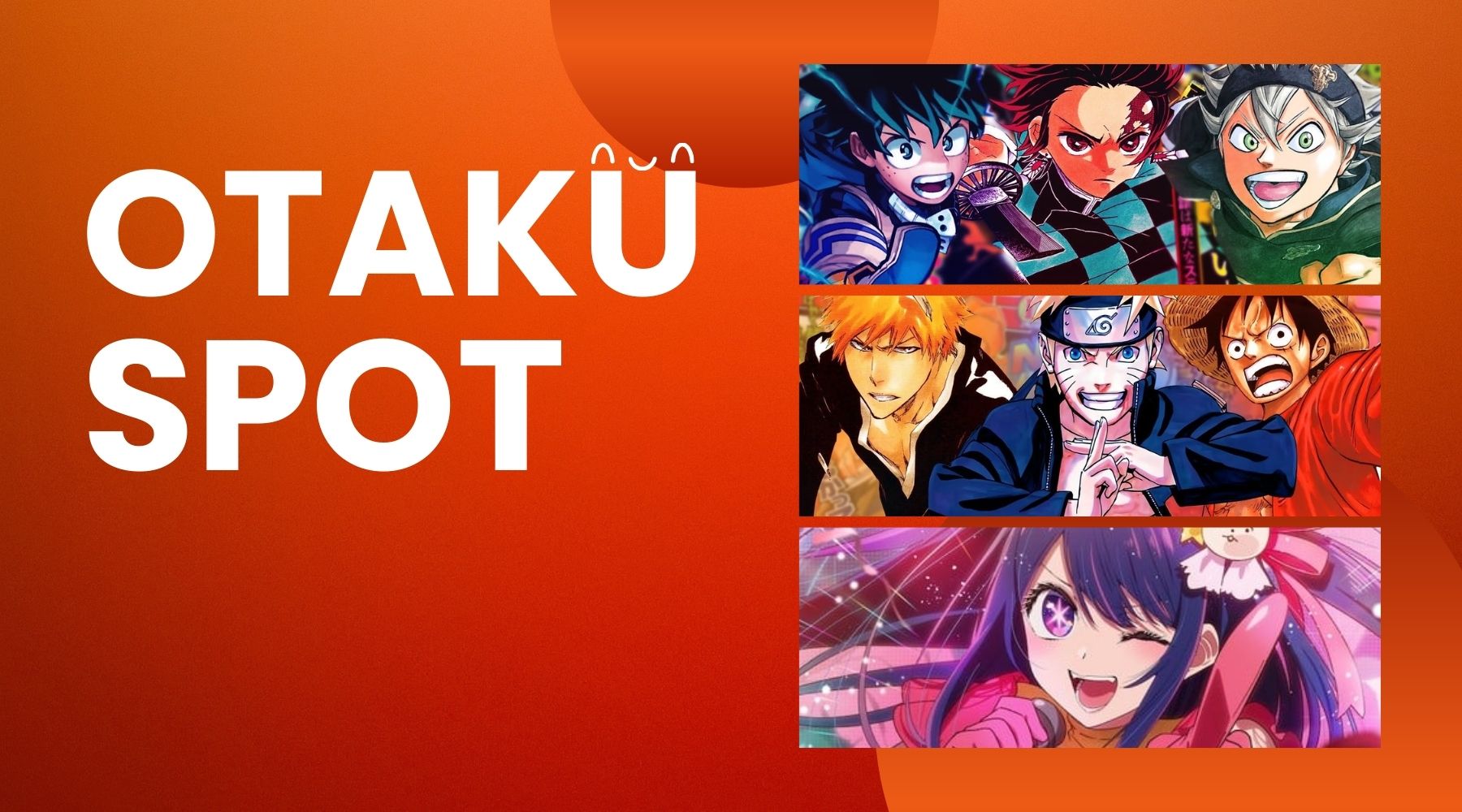
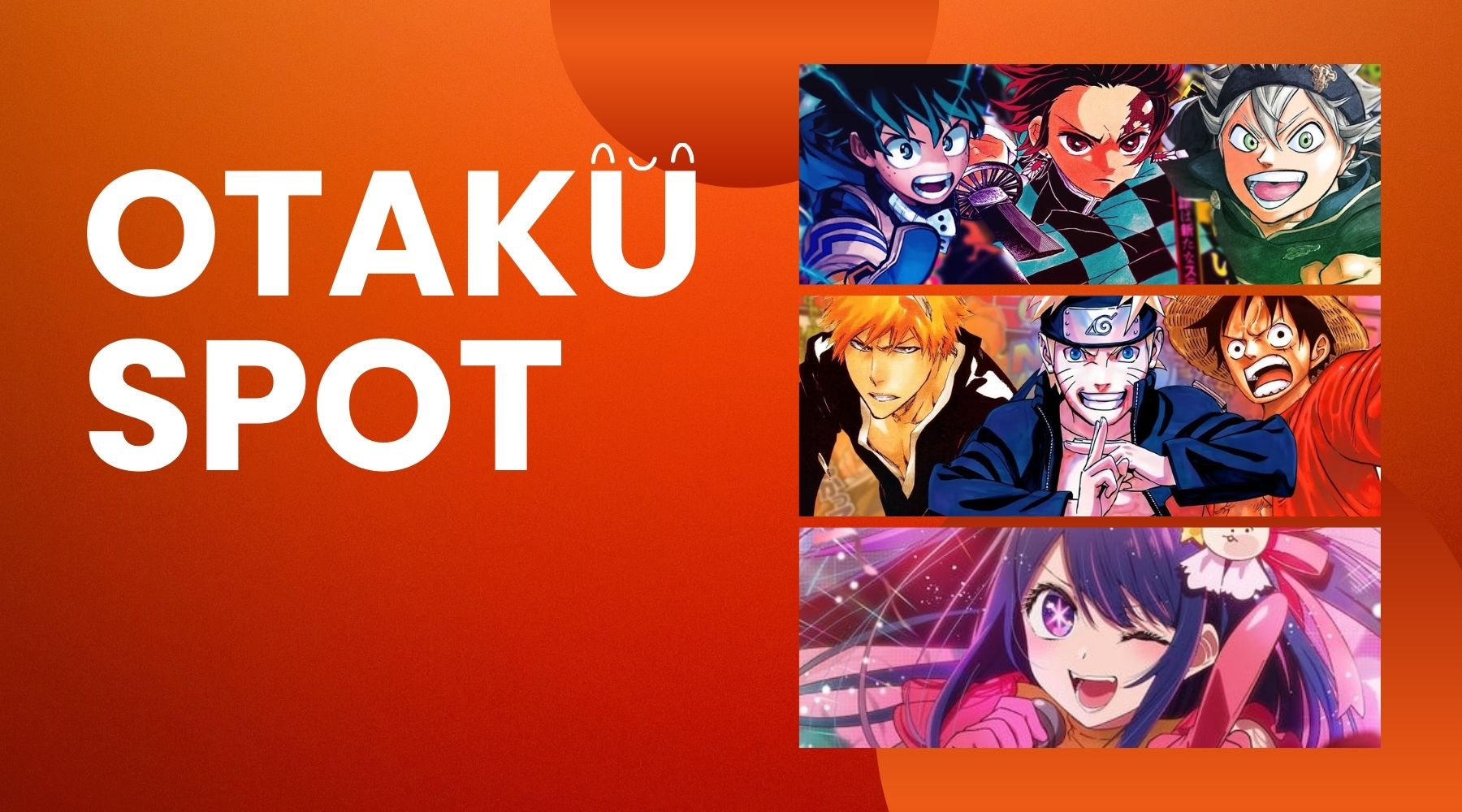
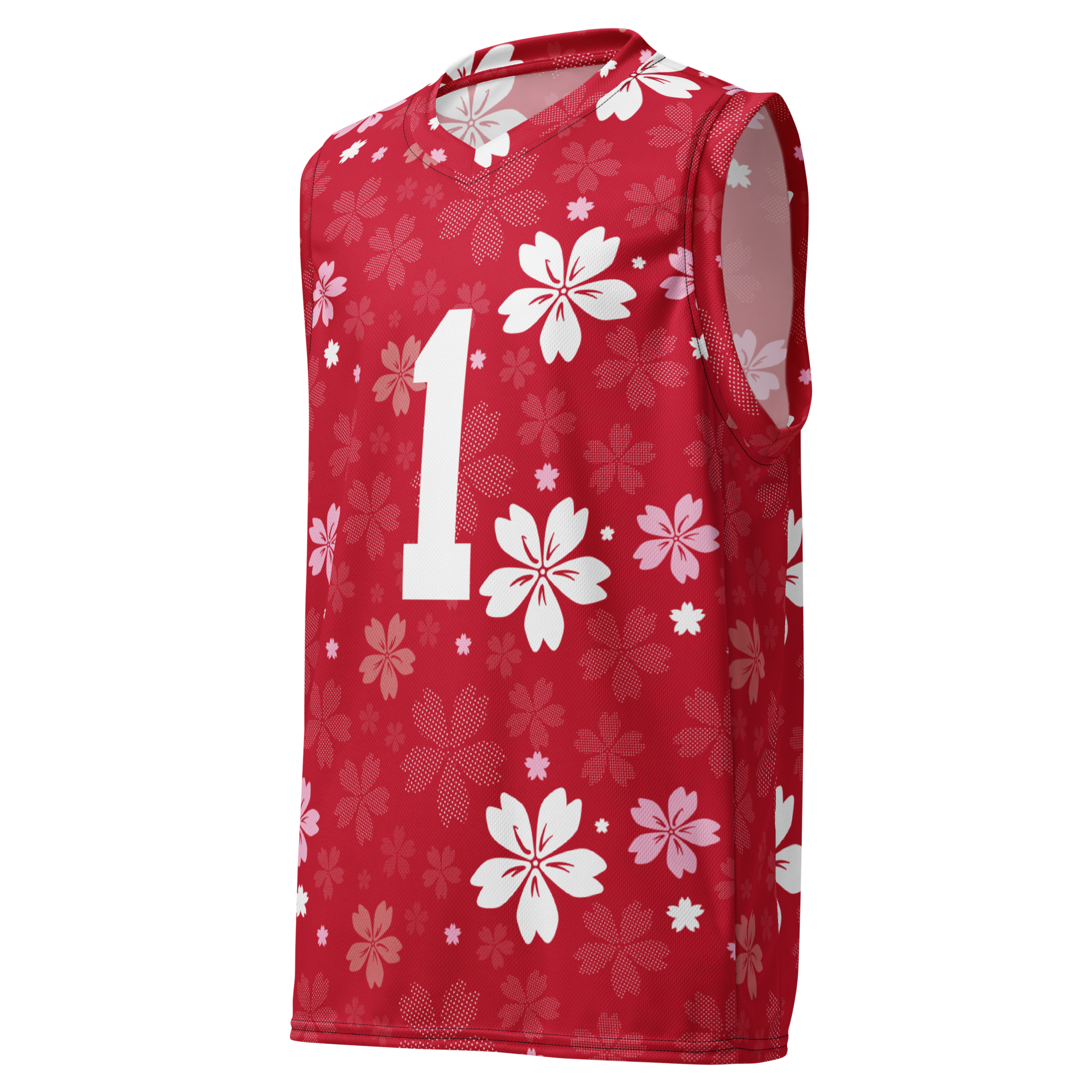
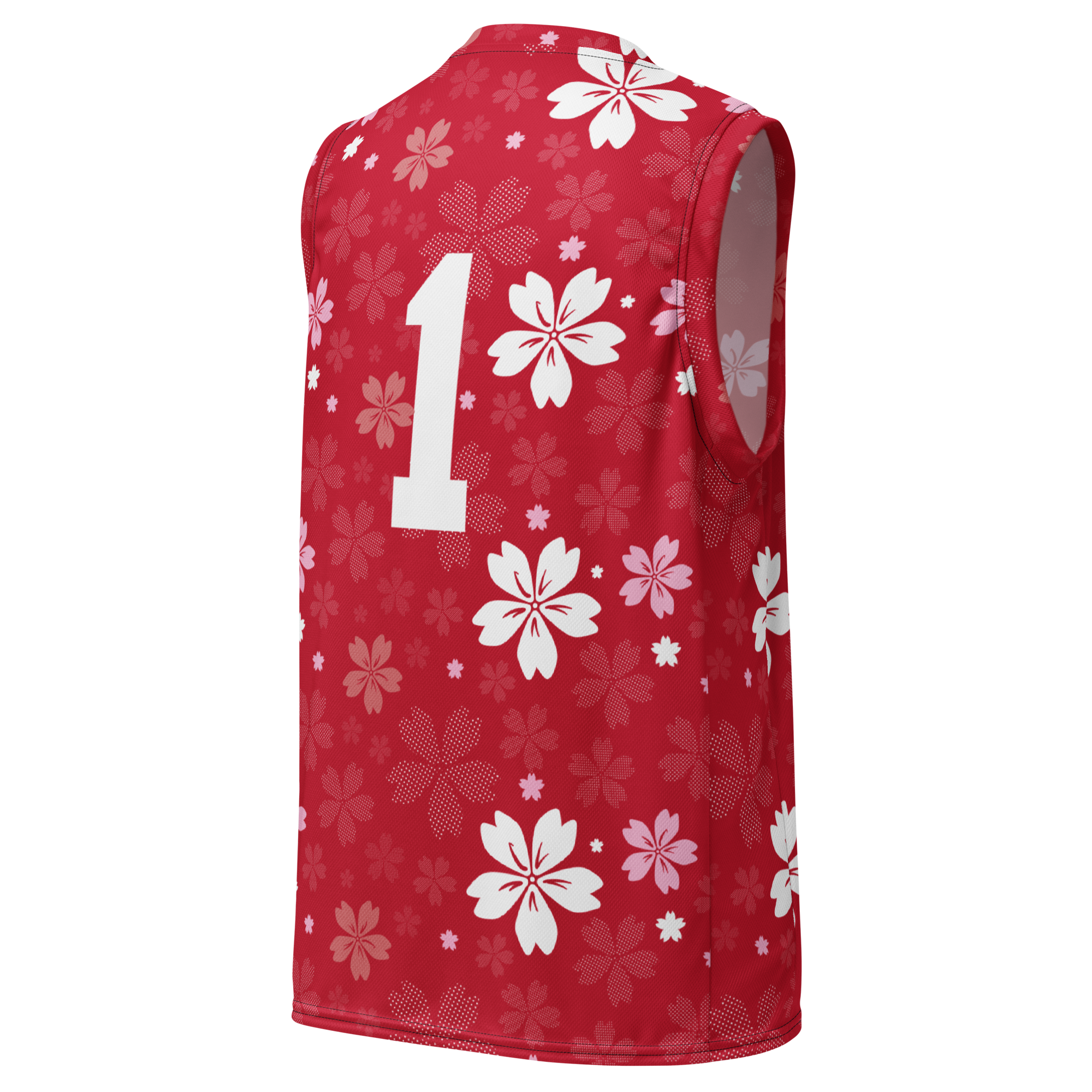

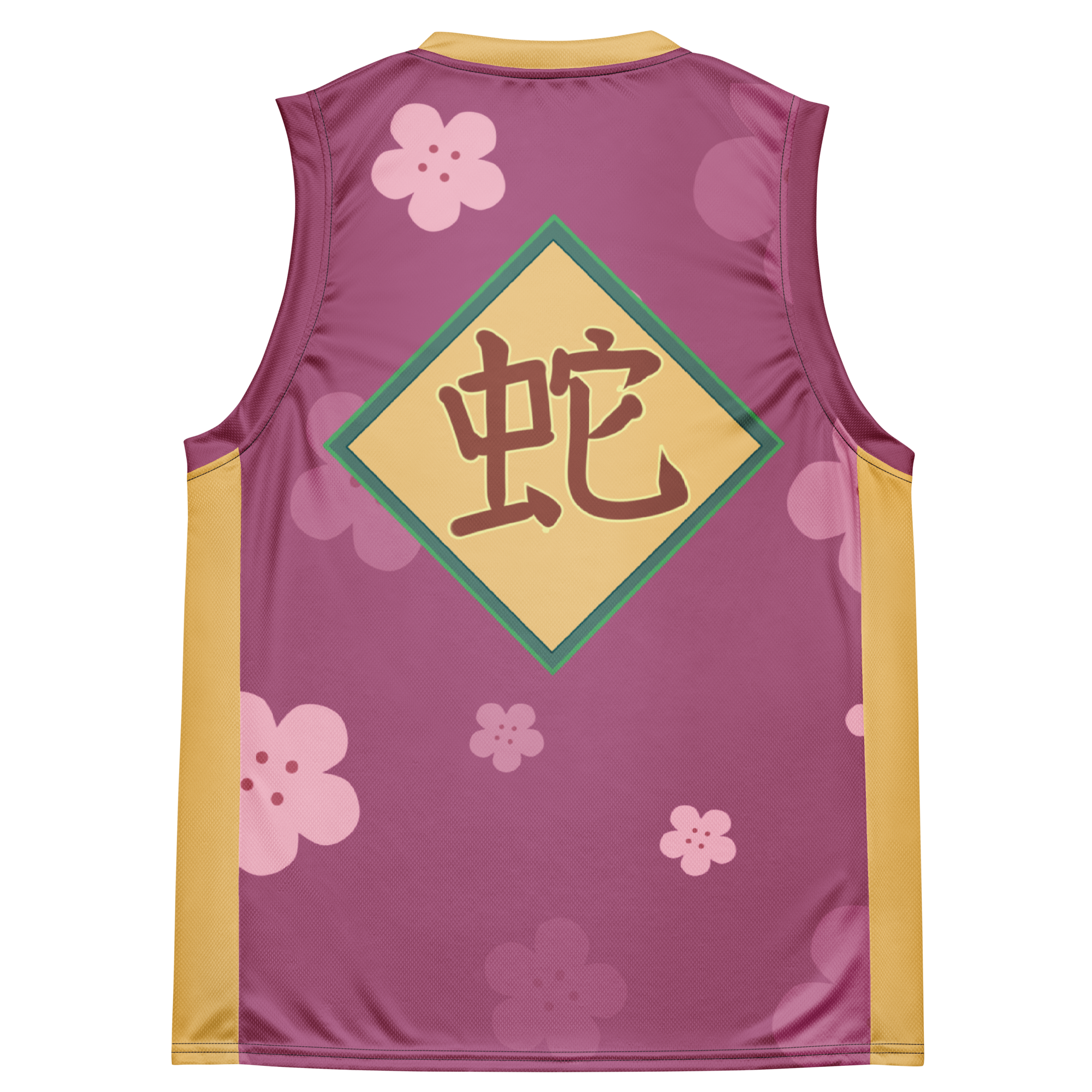
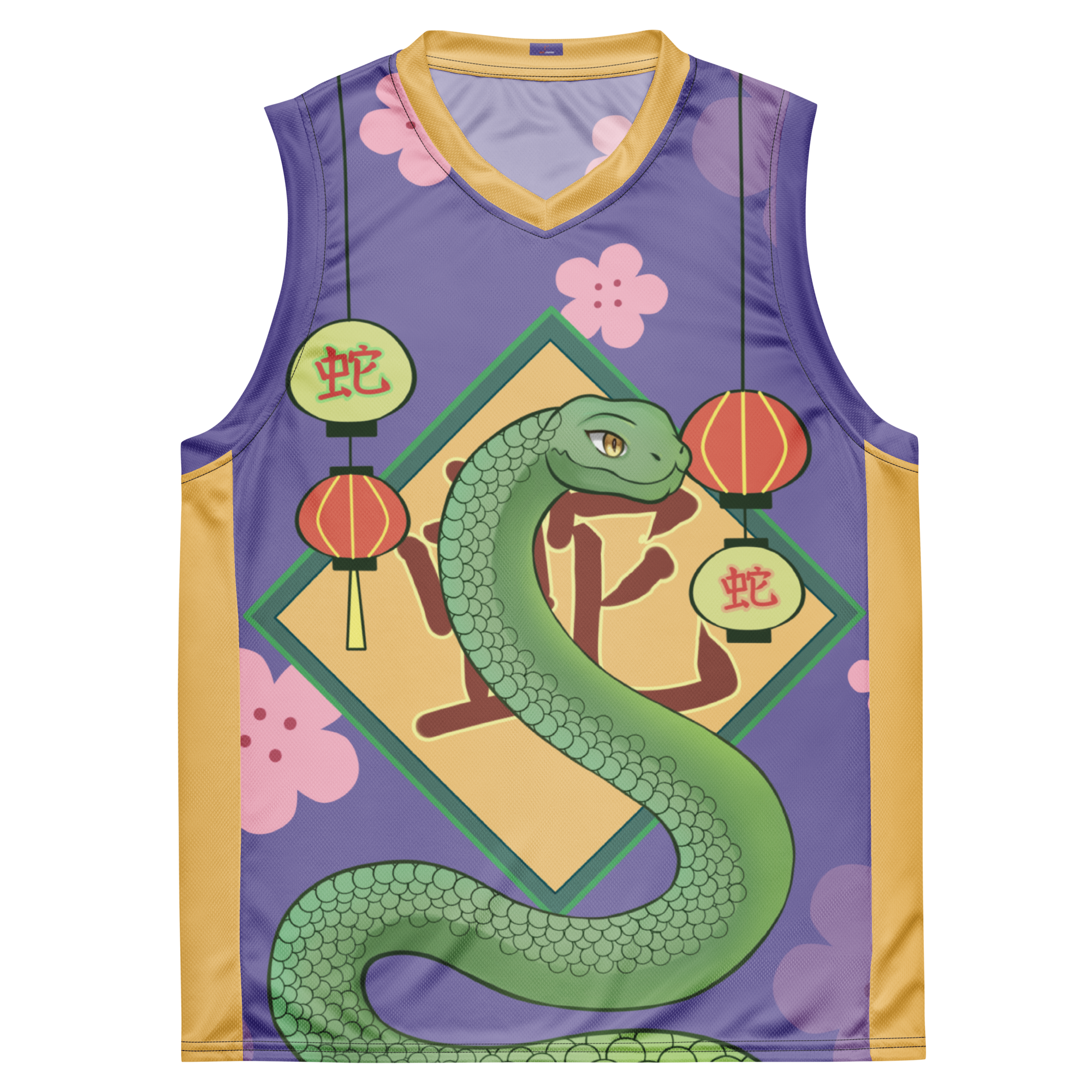
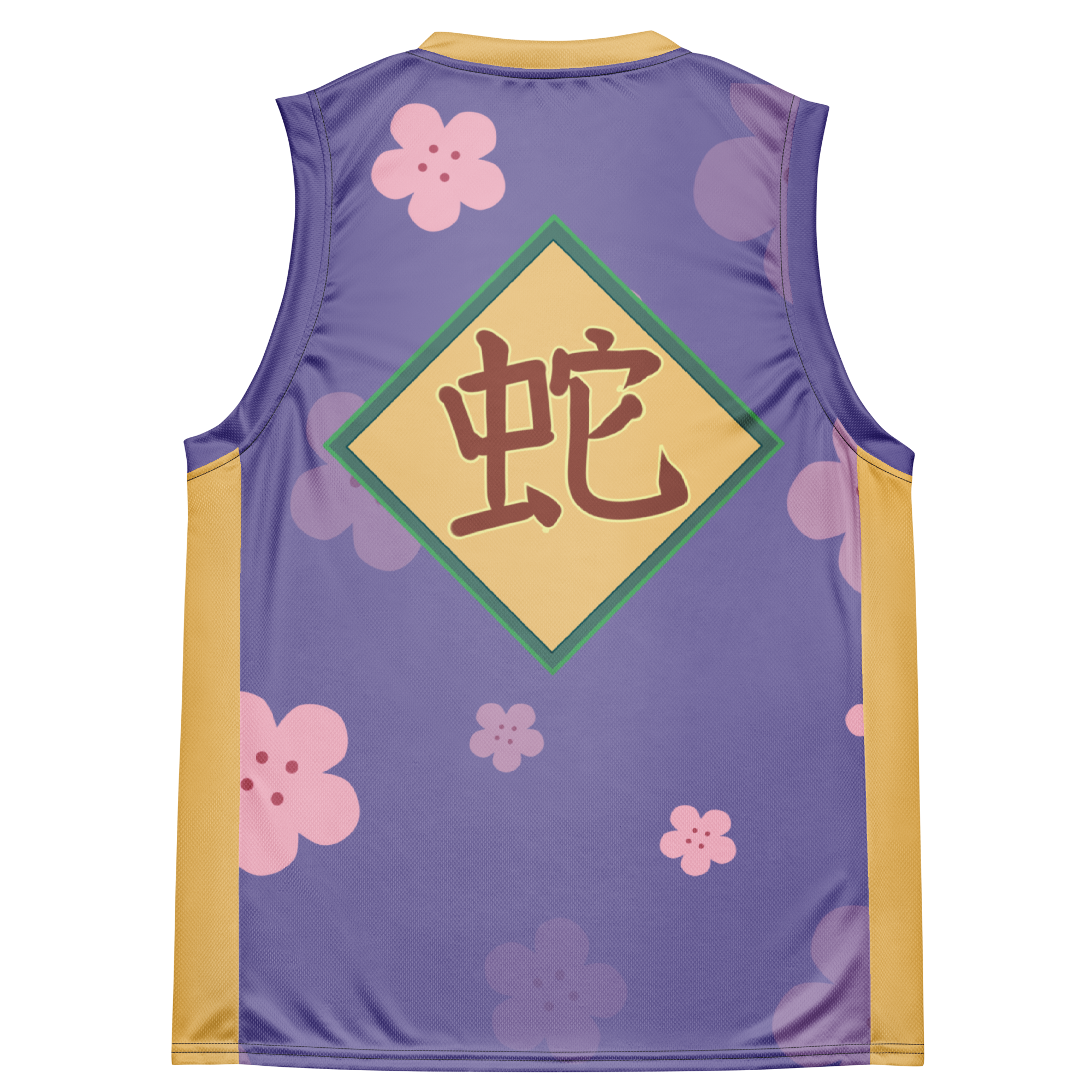
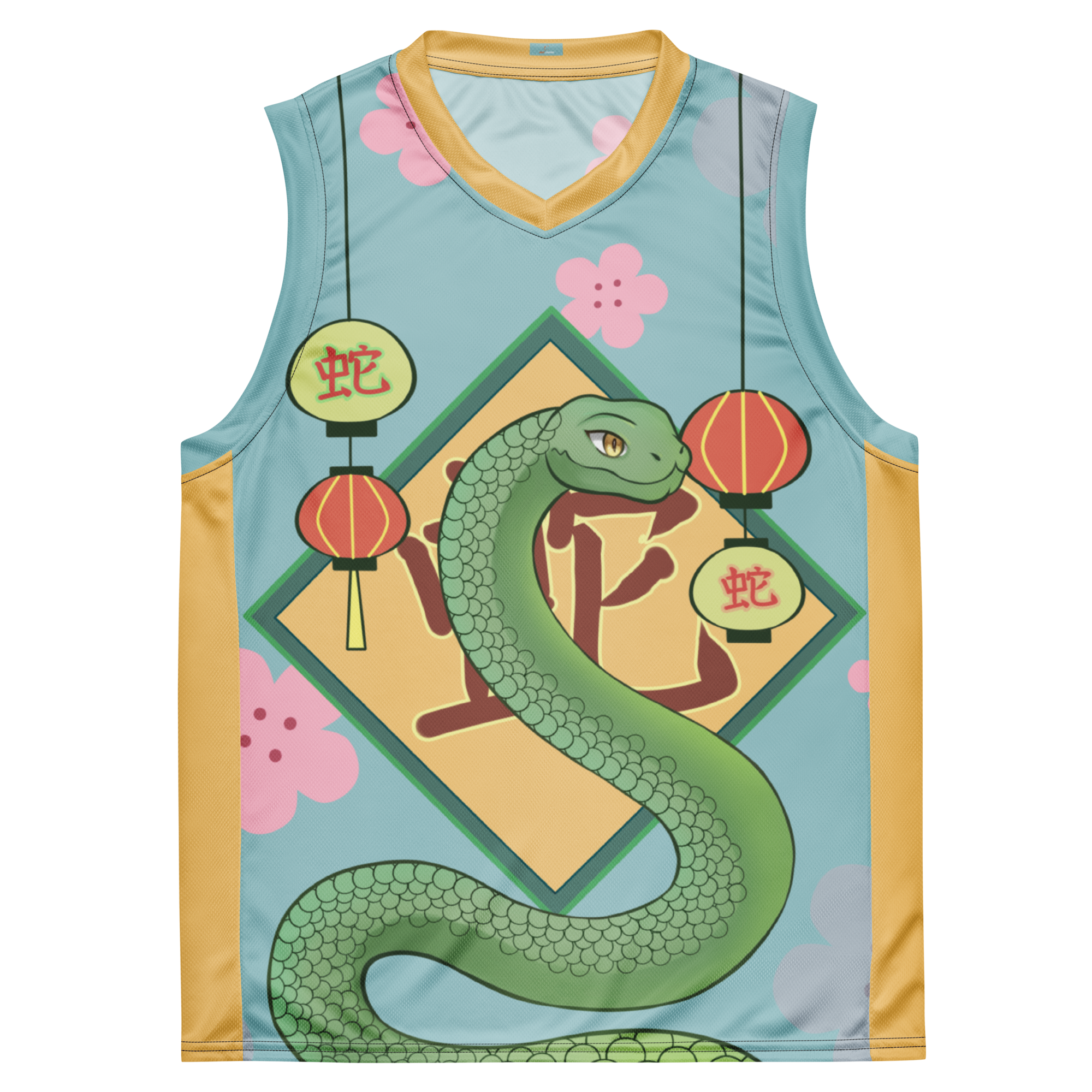
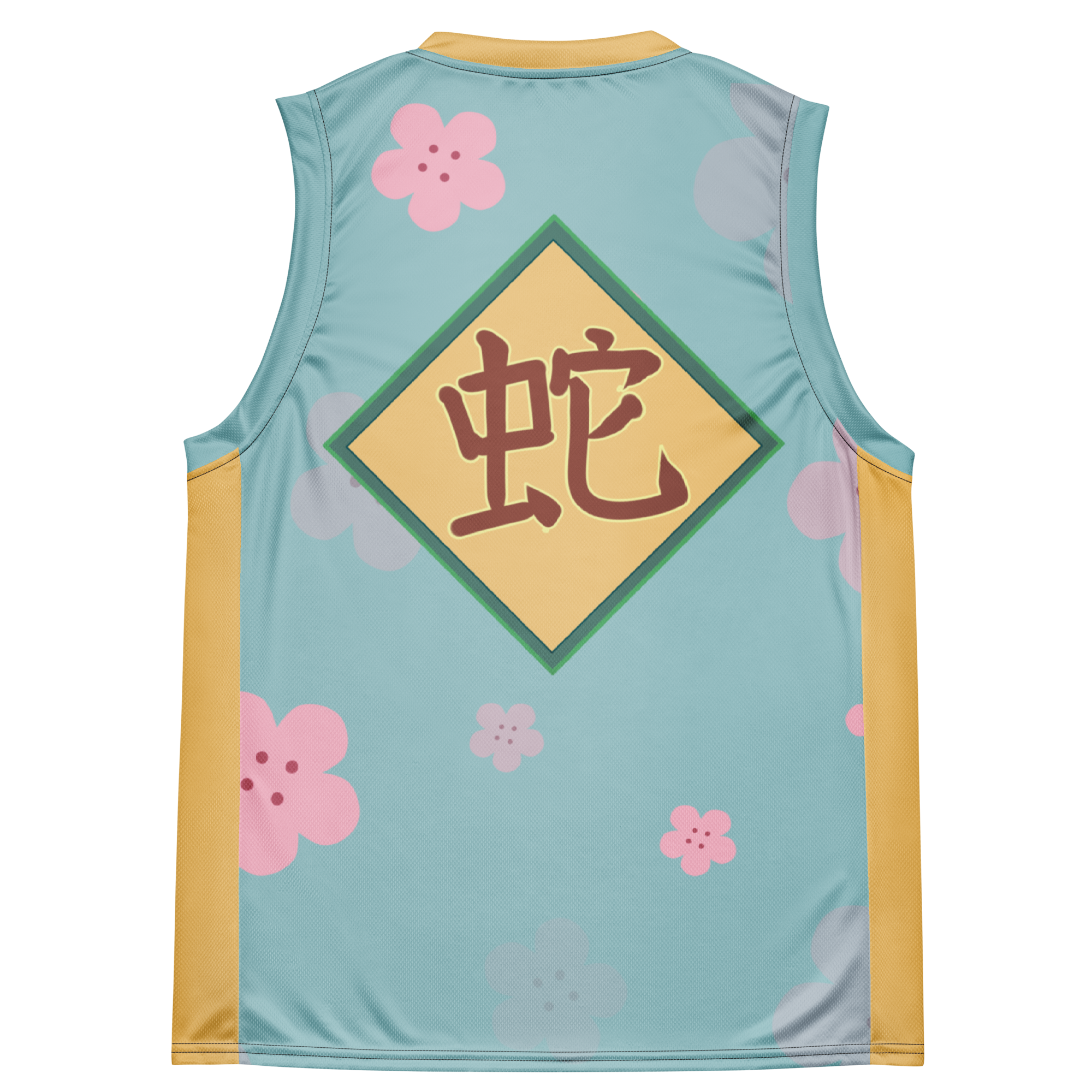
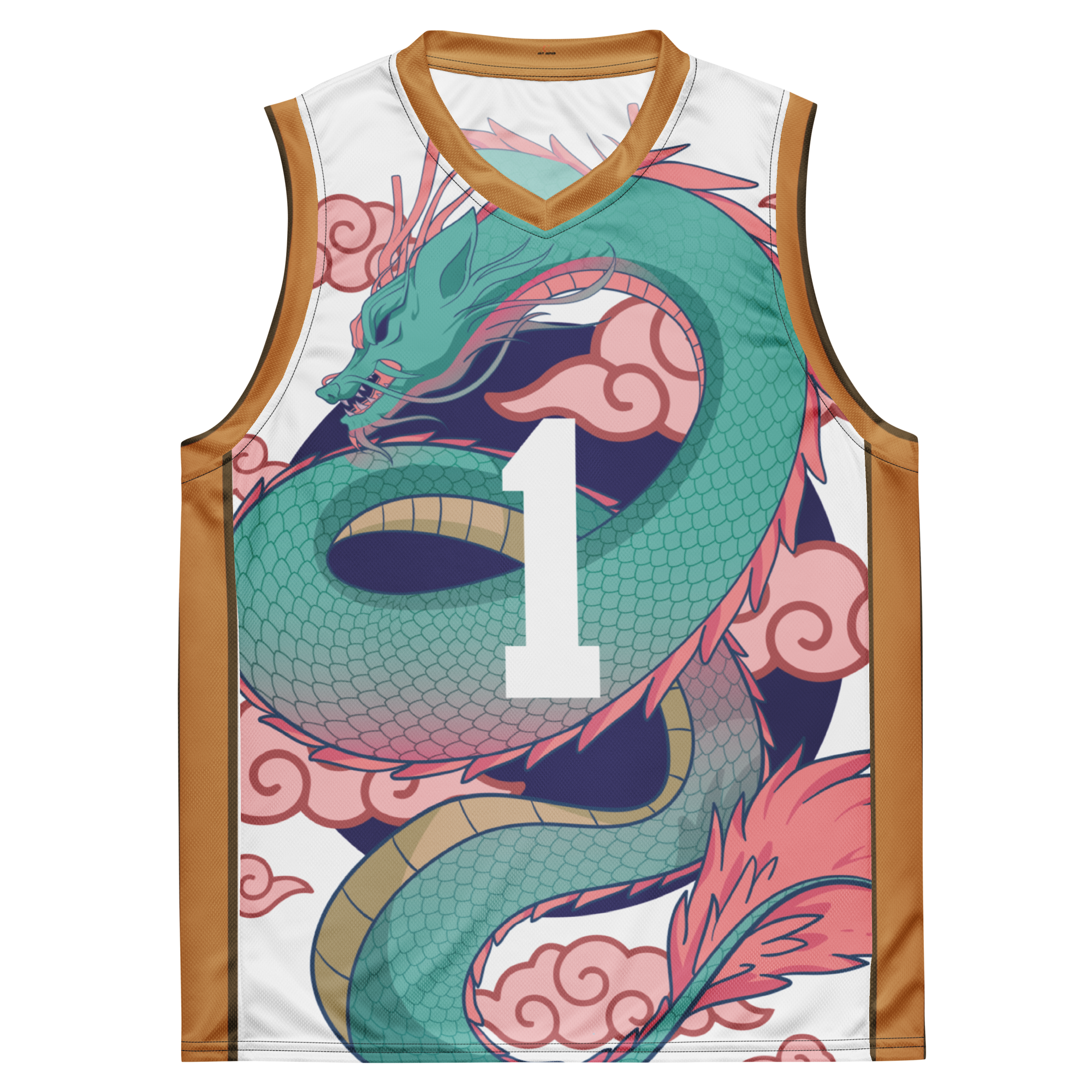

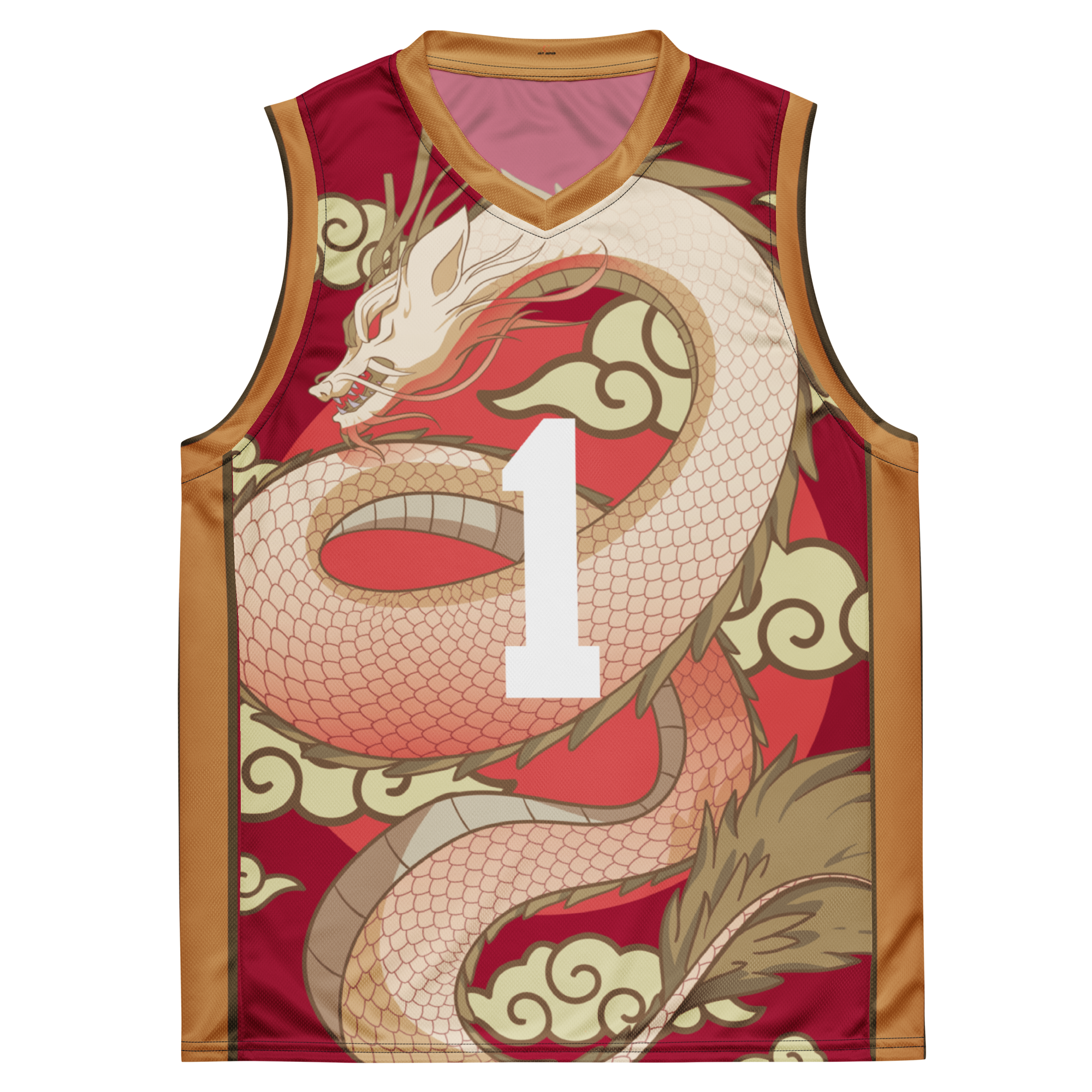
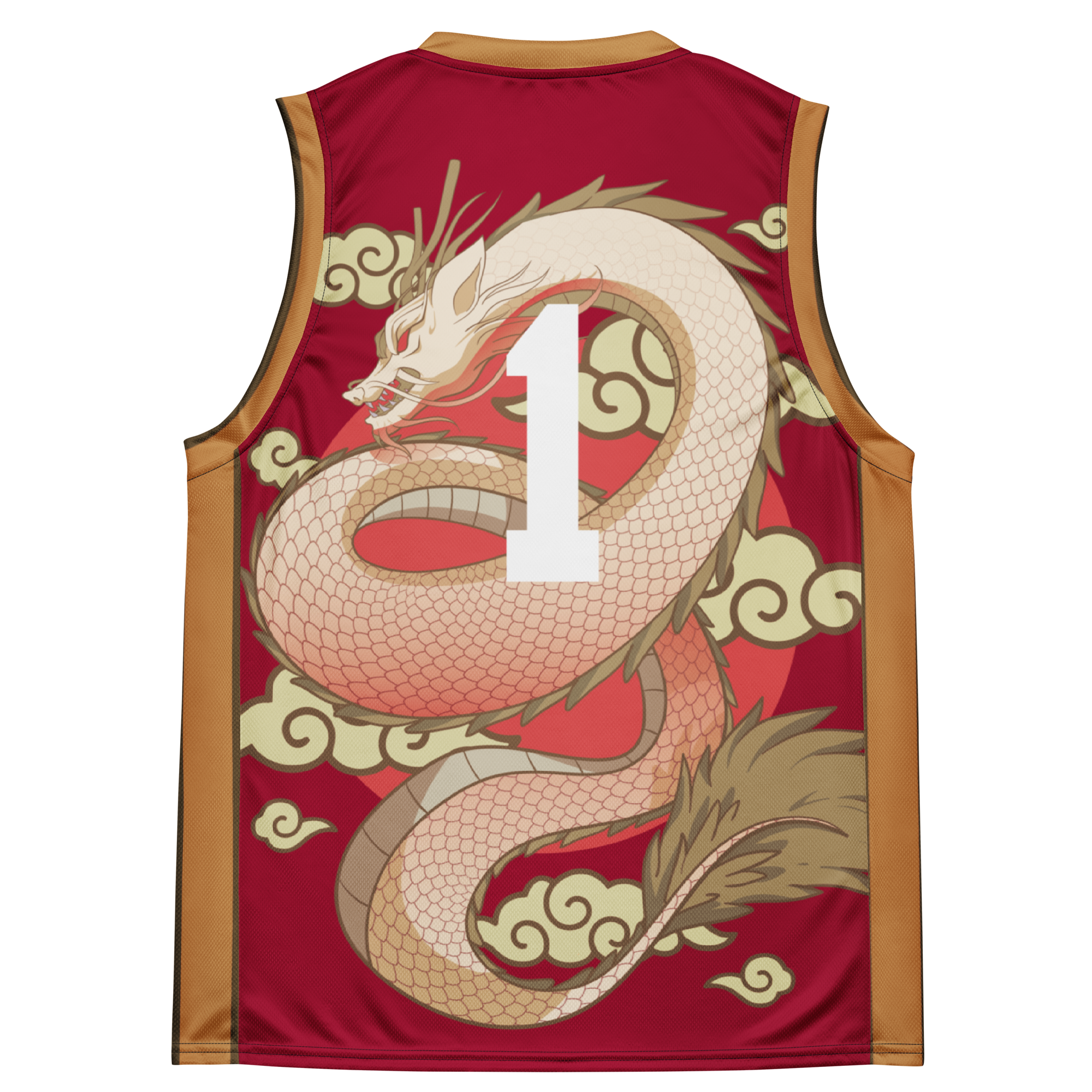
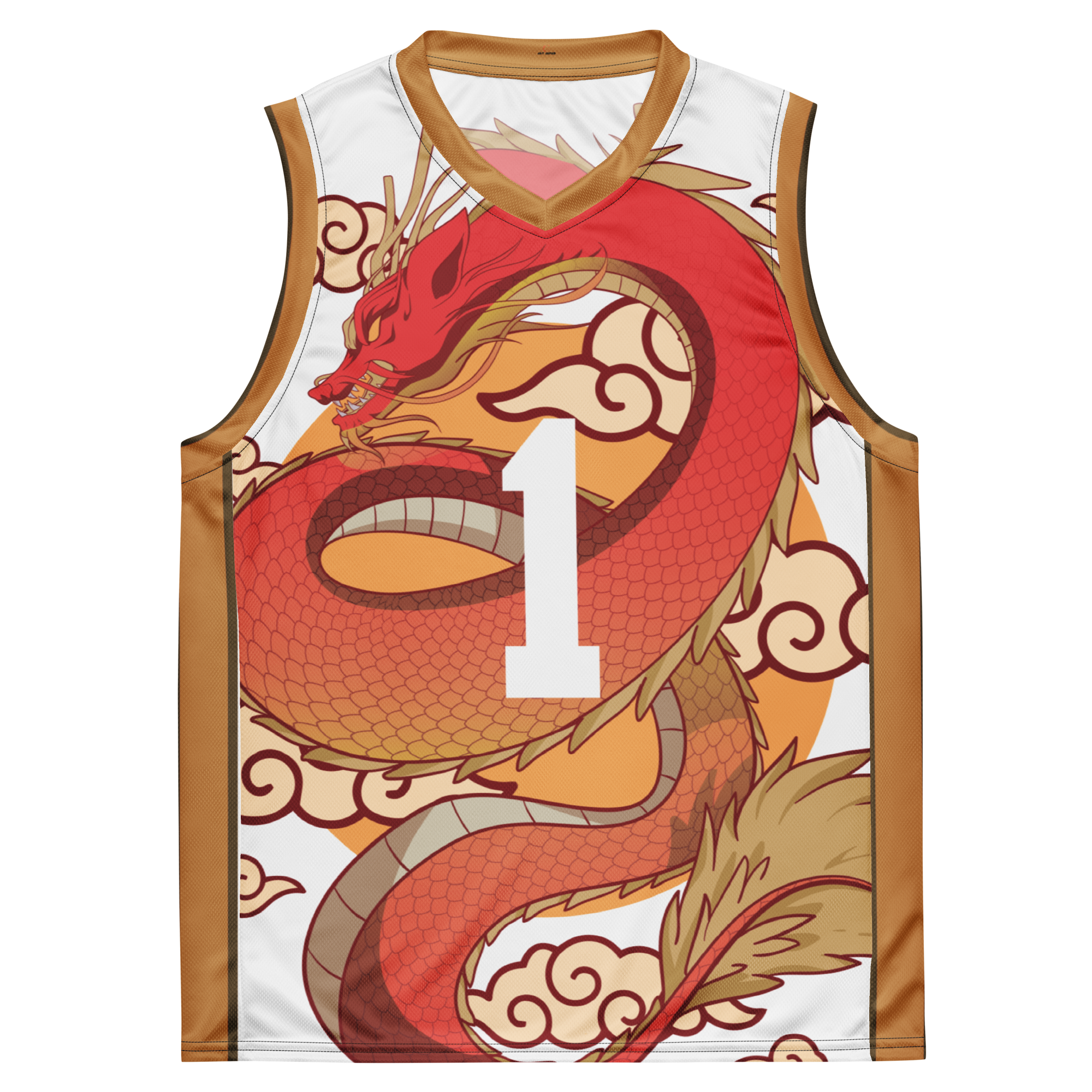
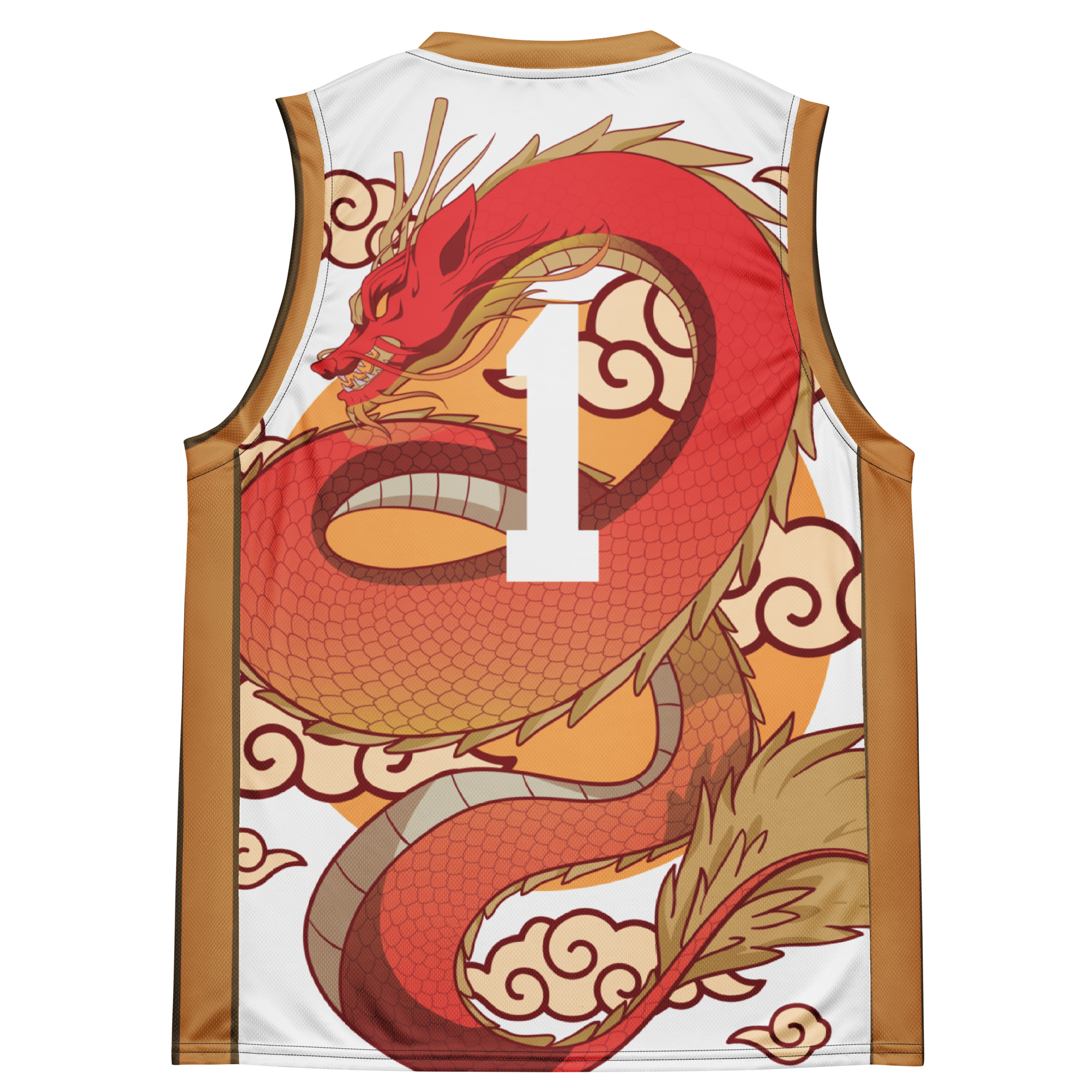





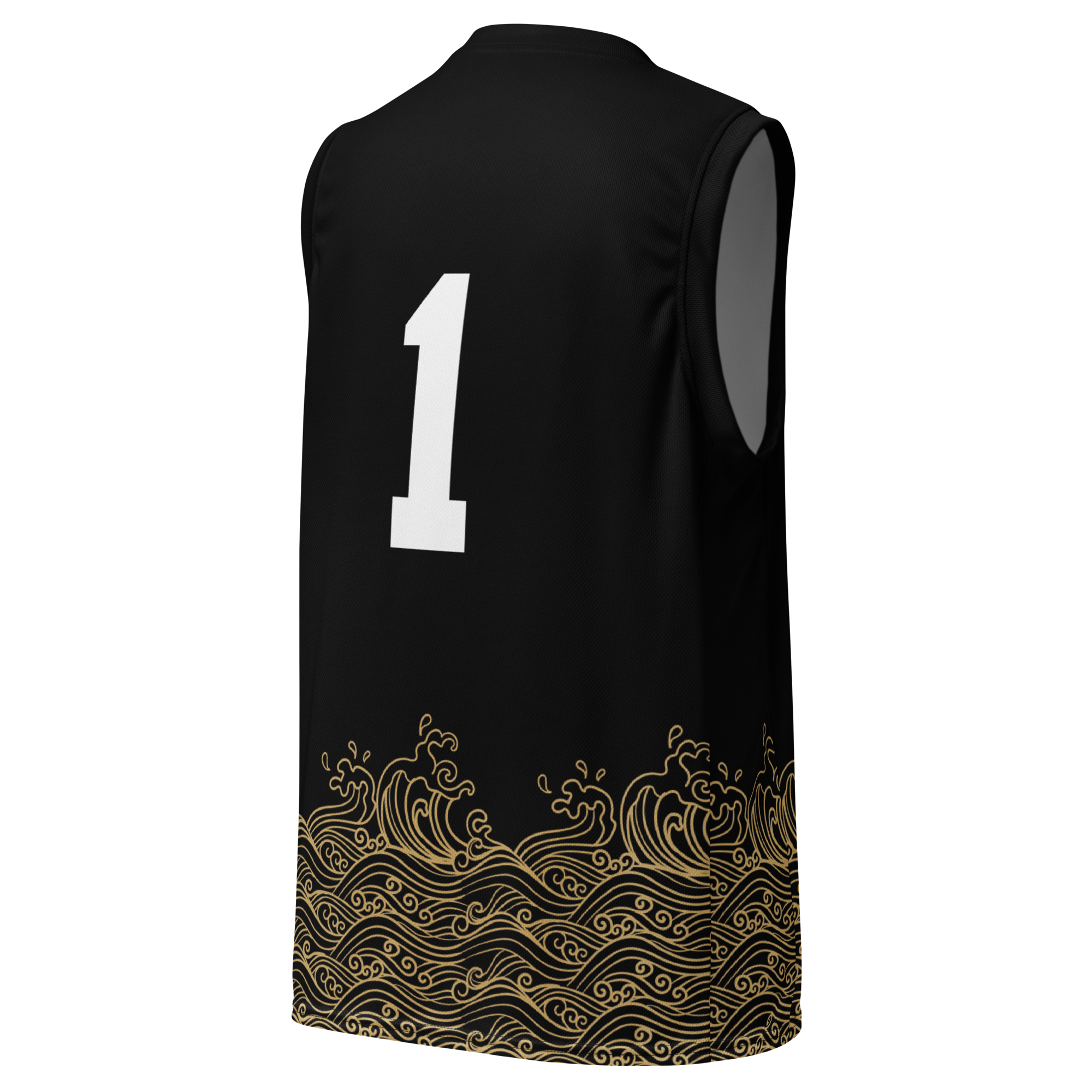


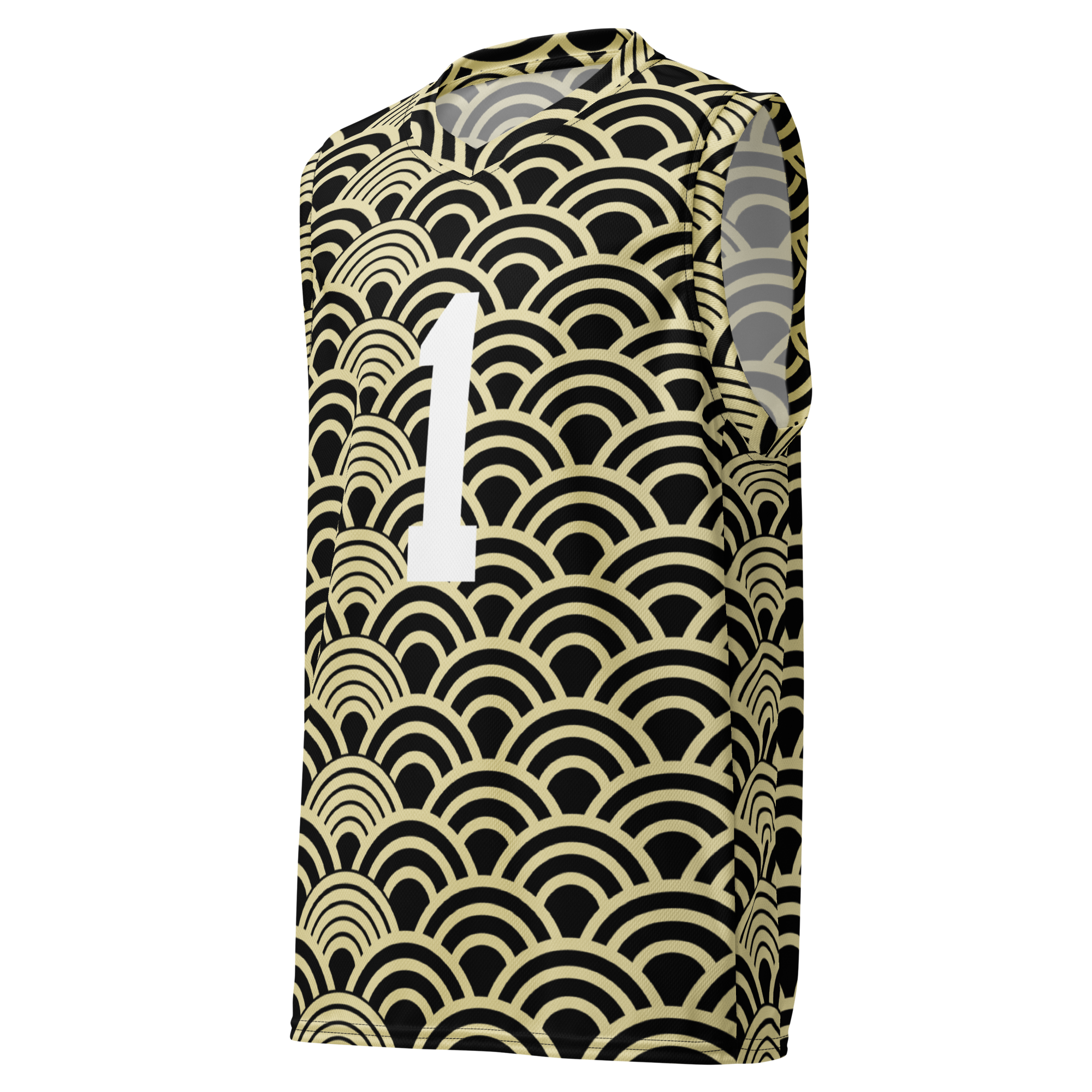
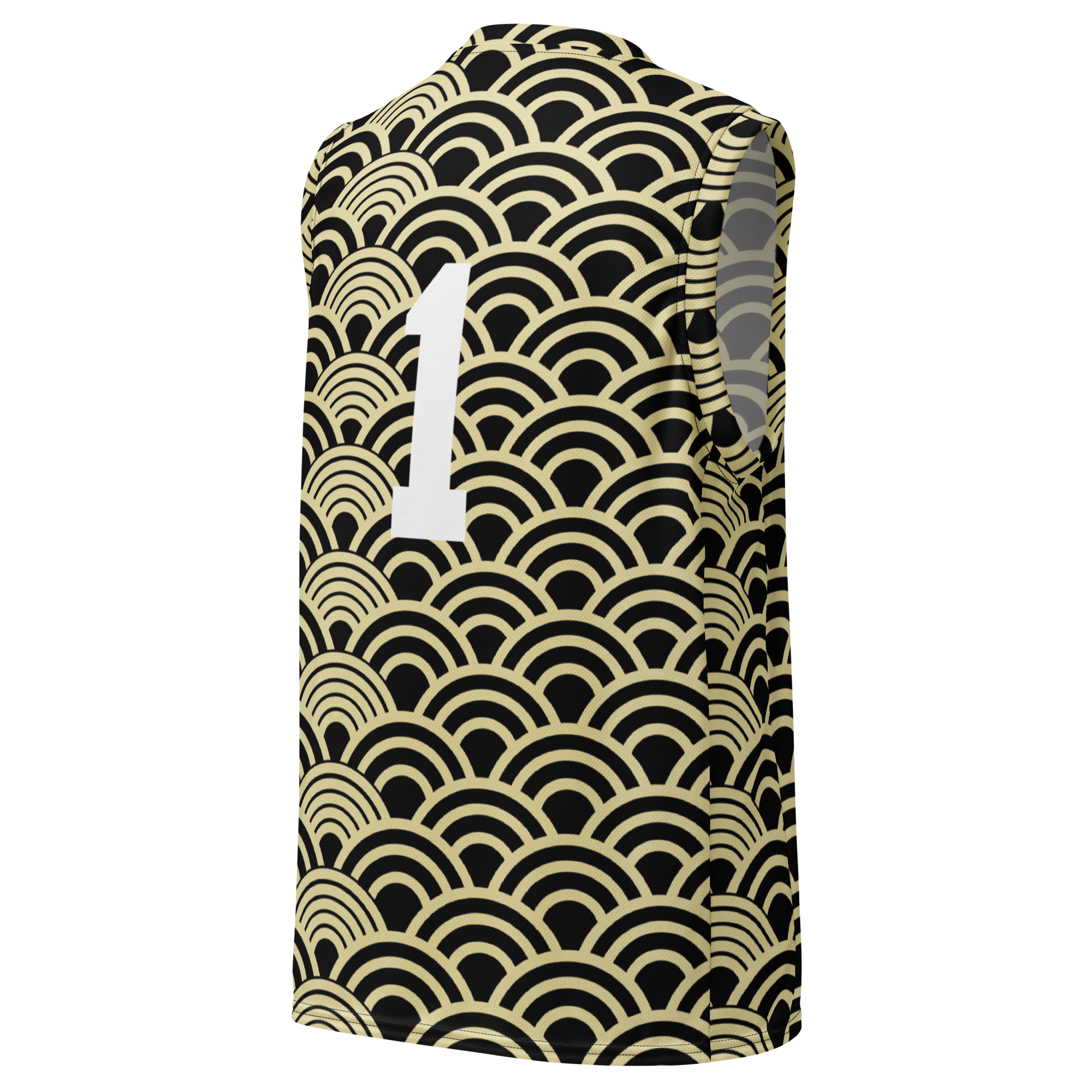
Leave a comment